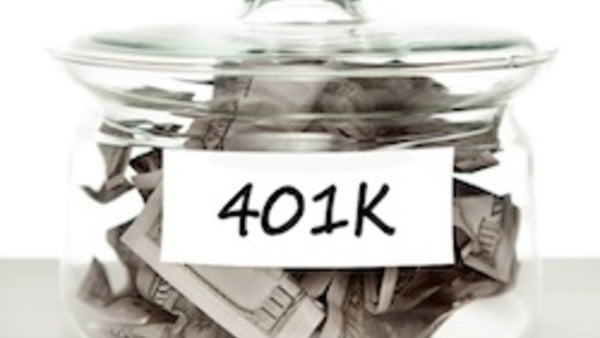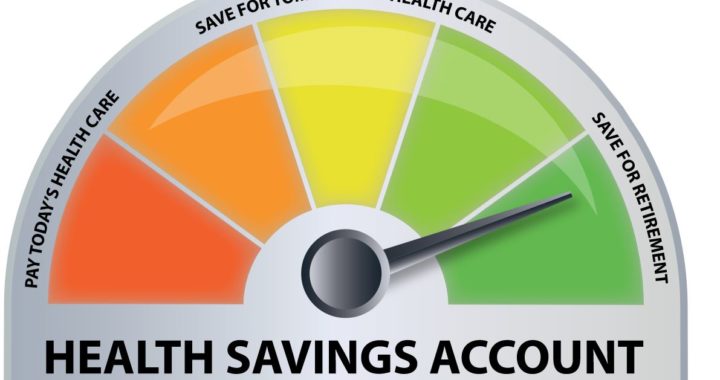401k Distribution Rules
As you read thru this article keep something in mind………the IRS has permitted tax benefits to families by way of the 401k for many years. Primarily intended to permit individuals to salt away extra cash for their own retirement, participants have responded. 401k plans now make up the largest employer-sponsored retirement account type in existence. Knowing the 401k distribution rules will help you decide the best path for you.
But, you’re reading this because it is now time to retire or it is time to tap the 401k for some much needed cash.
Whatever the reason, care must be taken to abide by the 401k distribution rules. Otherwise, Uncle Sam may become more involved in your life than you ever believed he could be.
In an attempt to simplify the concepts of 401k withdrawals, I have boiled them down to two types.
1. Early 401k withdrawals and,
2. Withdrawals made at the age 59½ or older.
Let’s start with……
Early 401k Withdrawal
An early 401k withdrawal has the likelihood of creating two taxable situations on your tax return.
In addition to paying Federal income tax on the amount withdrawn, 401k early withdrawal penalties at a rate of 10% on the distribution amount will generally be required of you as well.
Congress had enough foresight (I can’t believe I actually wrote that) in the early years to understand that if participants were going to contribute to their own 401k account, they should have some access to their money.
So Congress put in a 401k hardship rule (this hardship rule also exists for 403b plans and 457 plans). These rules make allowances for early 401k withdrawals in a limited number of situations. Here are the exceptions:
- Expenses for medical care for an immediate family member.
- Costs directly related to the purchase of a principal residence.
- Payments of directly related educational fees, including room and board, for the next 12 months of post-secondary education for the employee or an immediate family member.
- Payments necessary to prevent the eviction of the employee from his/her residence.
- Funeral expenses.
- Certain expenses relating to the repair or damage of an employee’s principal residence.
“It’s important to note that the above exceptions simply specify conditions when a participant may have access to 401k funds. They are not exceptions to penalties or tax.”
401k withdrawal penalties will not apply if distributions before age 59½ are made in any of the following circumstances:
- Payments made to the beneficiary after the death of the participant.
- Disability of the participant.
- Substantially Equal Periodic Payments after separation from service.
- Payments made to a participant after separation from service if the separation occurred during or after the calendar year in which the participant reached age 55. More on this below.
- Payments made to an alternate payee under a qualified domestic relations order.
- Distributions to a participant for medical care up to the amount allowable as a medical expense deduction.
- Distributions to correct excess contributions, match, or deferral.
Although the IRS makes provisions for early distributions, your employer’s plan does not have to allow those distributions. Many employers do not allow premature distributions because of the added administration costs incurred.
As briefly noted above, a 401k withdrawal penalty does not apply to employees who separate service from their employer in or after the year they have reached the age of 55 (for qualified public safety employees that age gets moved back to age 50!)
Let’s re-phrase this exception. The 401k distribution rules state that you can begin taking a 401k early withdrawal in the year you turn 55 or later from your current employer only. Therefore, it may make good financial sense to roll older 401k’s into your current employer before you retire.
Distributions at age 59½ or Older
If your intent is to withdraw 401k assets at retirement, 401k withdrawal laws allow for these three options. Each item assumes that you’re at least 59½ and you are no longer employed by your employer.
- Take a lump sum. Your provider will write you a check after holding out 20% of the balance. This 20% is simply a required tax deposit on the 401k distribution. As you file your taxes the following year, the withdrawal will be included in your total income via a 1099 tax form. Whether the 20% Federal tax withheld is enough or too much depends on your particular tax situation for that year.
- Do nothing. Leave your plan assets with your employer. There is no tax consequence as no money is withdrawn.
- Rollover 401k to IRA. There is no tax implication of this is done correctly.
401k withdrawal rules can be extremely complicated. Contact your financial advisor or CPA for more help.








